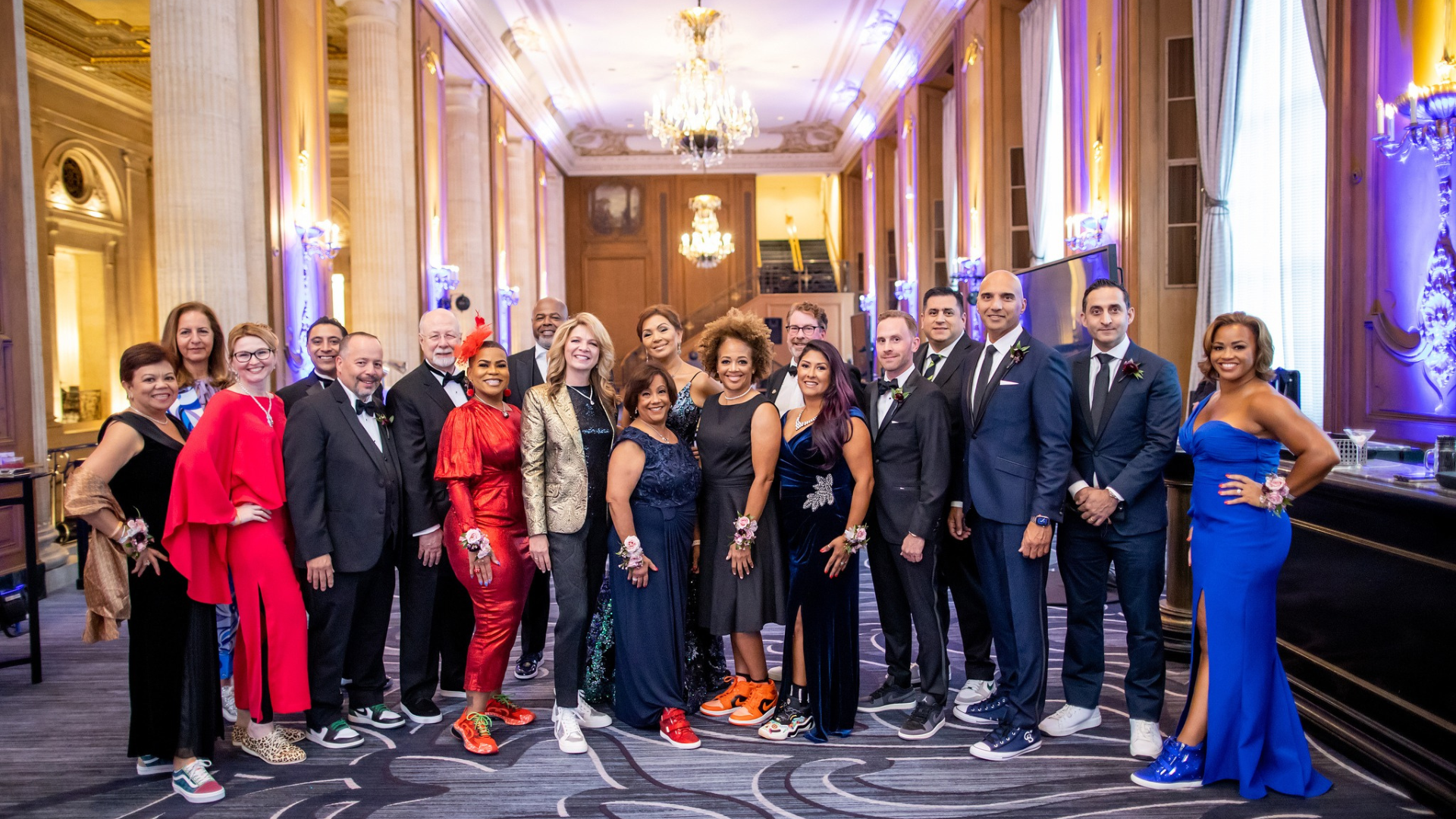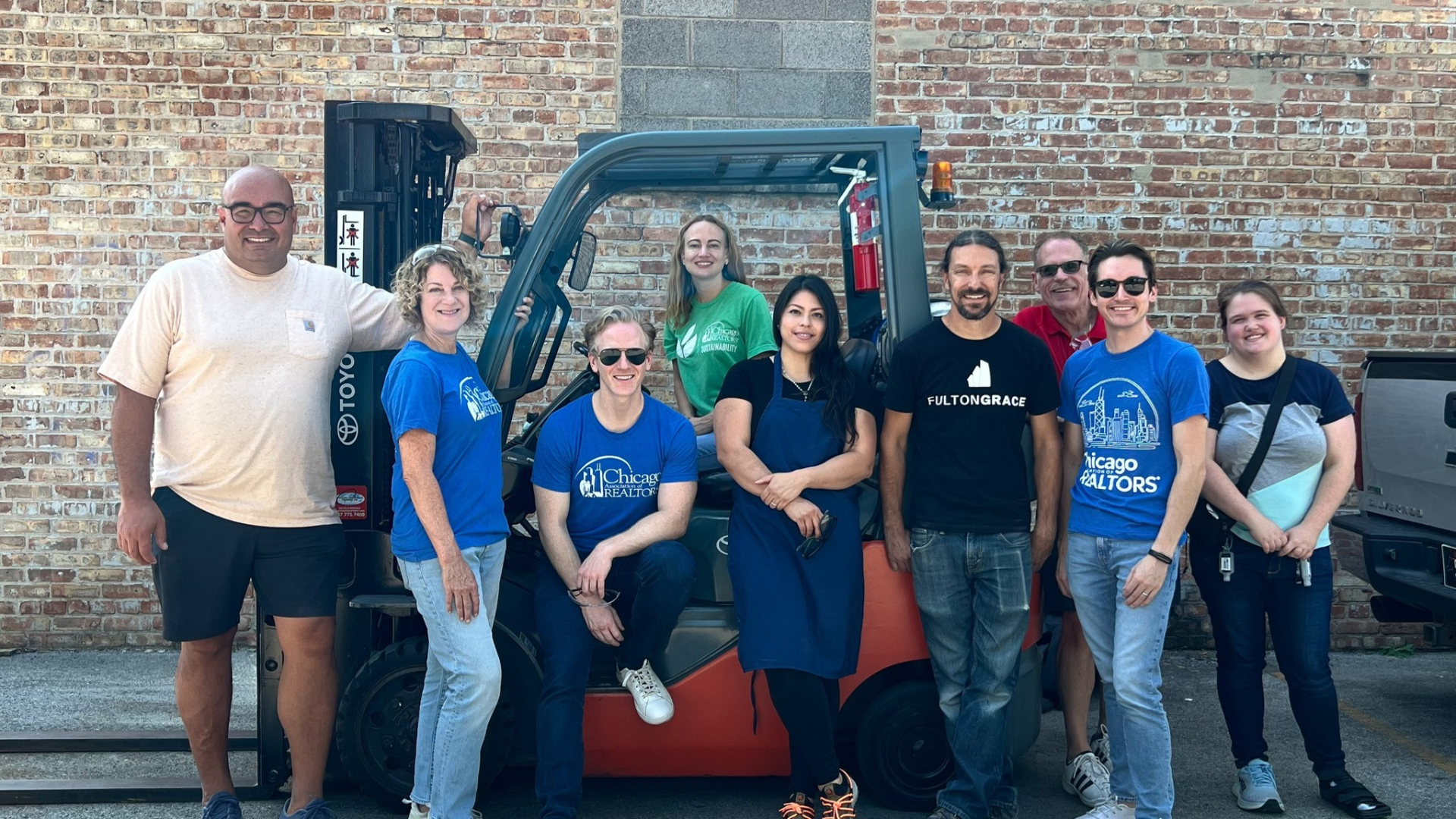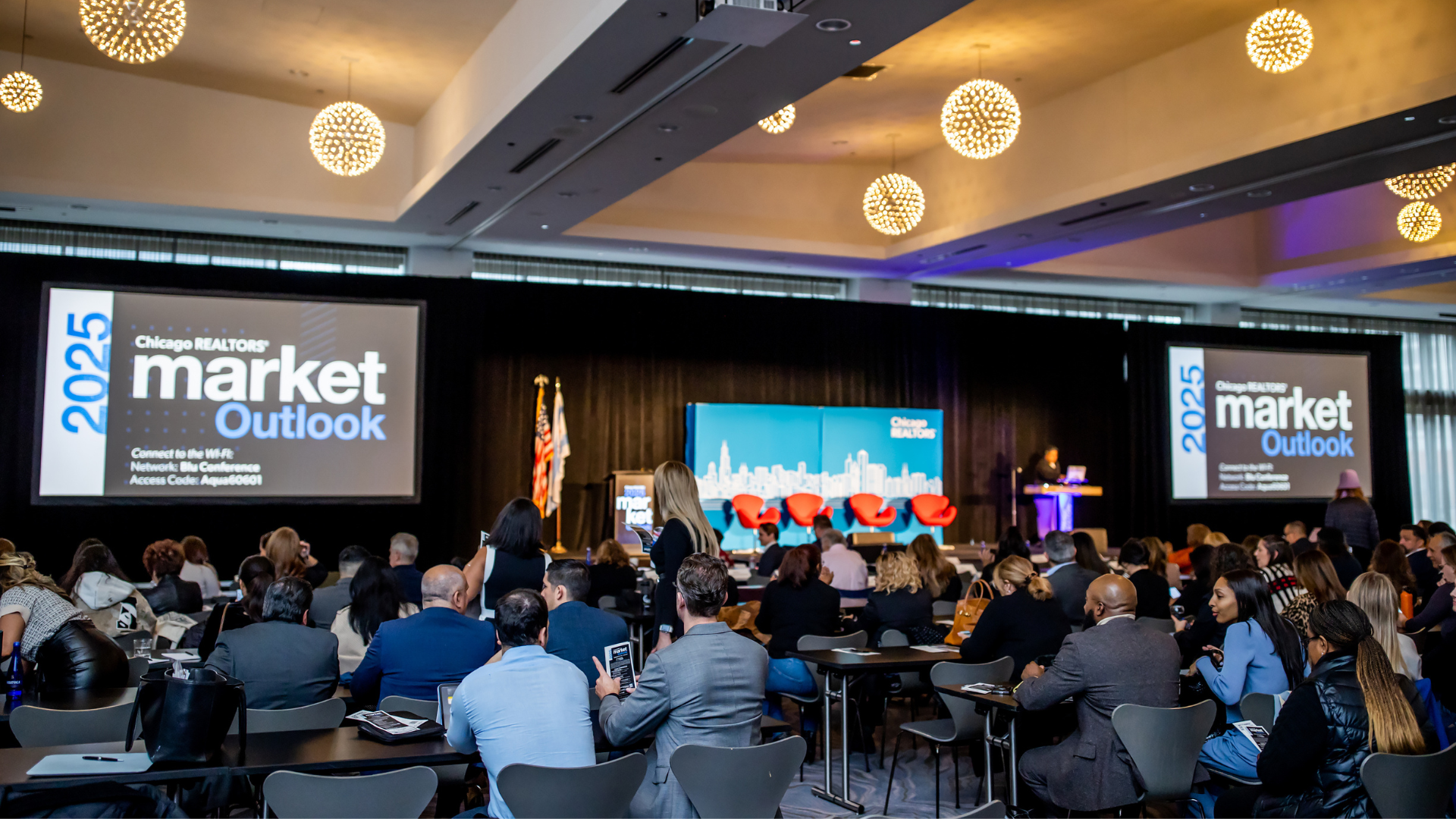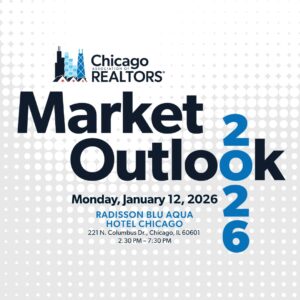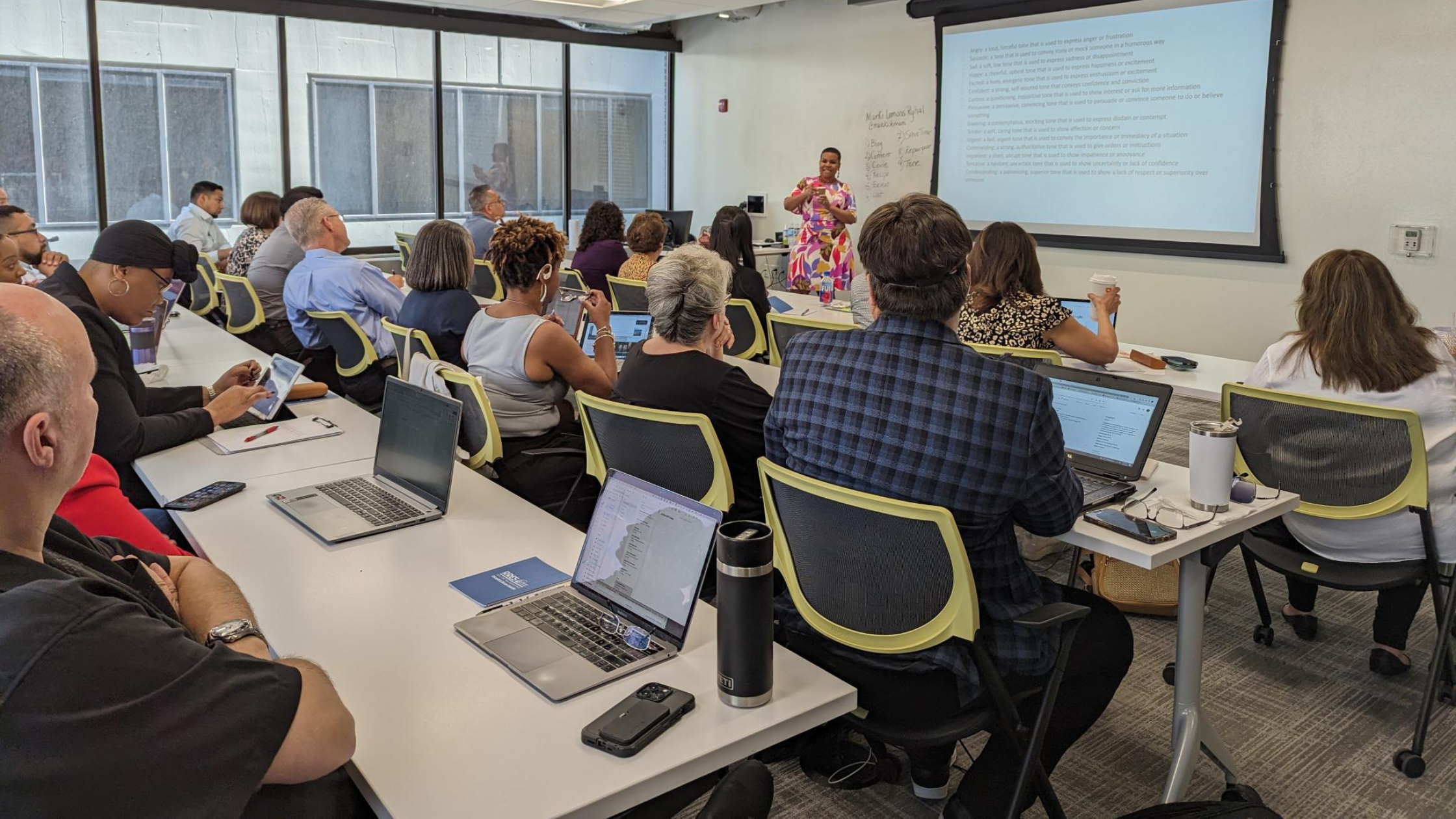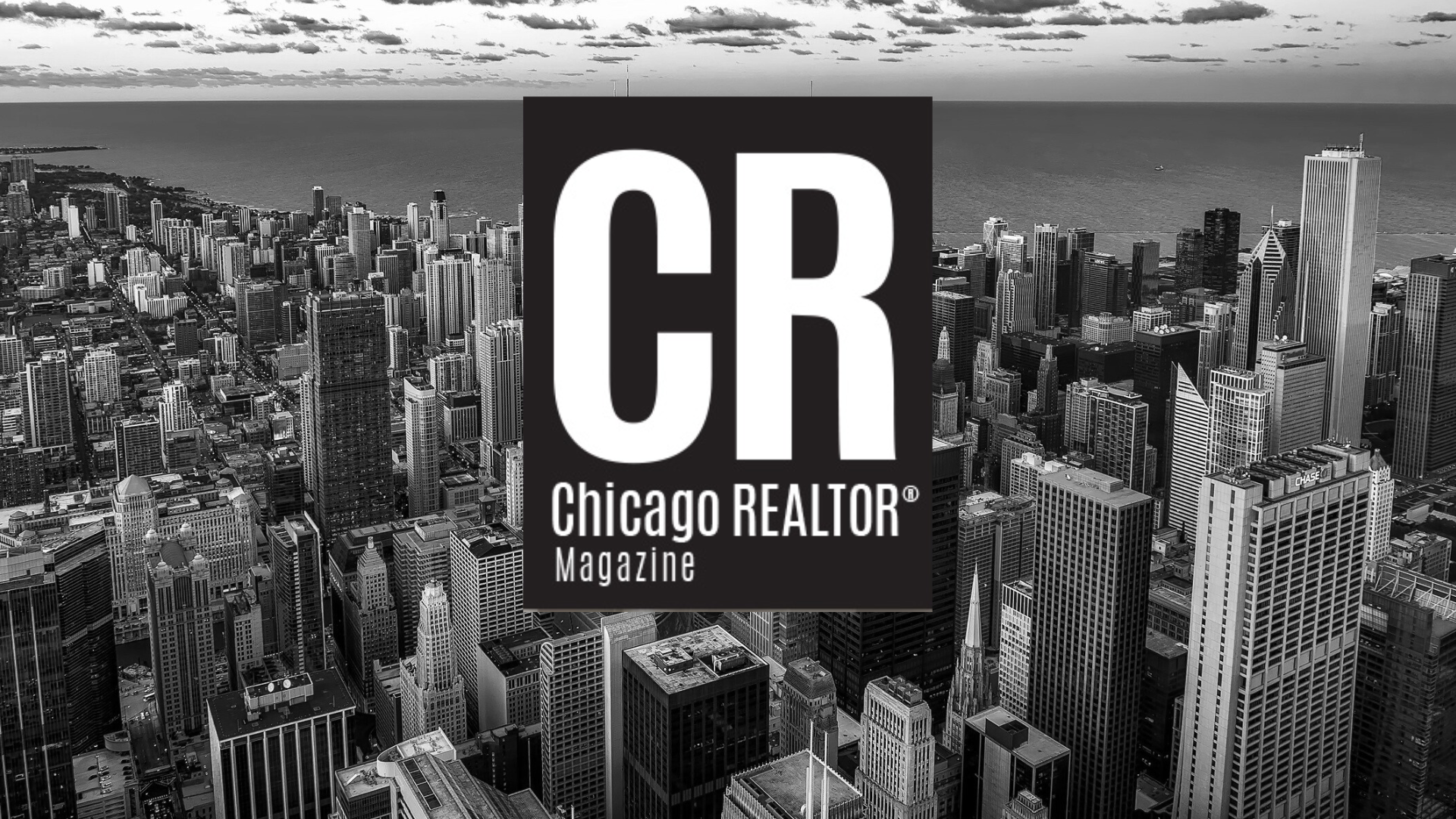On September 25th, 2014, Arkansas REALTOR® Beverly Carter embarked on her last showing of the day at a rural property for a married couple who told her they were planning to relocate to the area. She went alone to the isolated home, parking her brown Cadillac SUV in the driveway of the property. She would never be heard from again.
Carter was targeted because she was perceived to be a wealthy REALTOR® who worked alone. This is not an isolated perception. According to the Bureau of Labor Statistics, 78 members of the real estate profession were killed on the job in 2020, and countless others were hurt or put in harm’s way. According to the 2020 National Association of REALTORS® (NAR) Member Safety Report:
- 23% of REALTOR® members reported working in fear
- 30% of male agents have been attacked
- Women and real estate professionals in suburban or metro/urban areas were more likely to experience a situation that made them fear for their personal safety or the safety of their personal information
- 80% of concerns went unreported
Carter’s son, Carl Carter, Jr., is intimately familiar with these concerns. He founded the Beverly Carter Foundation, dedicated to making a positive change in the safety of real estate professionals. Here’s what you need to know to improve lone-worker safety and victim advocacy.
LYLE HARLOW: Many people don’t think of real estate as a particularly dangerous industry to work in, but you’re often meeting new clients alone. What are some of the biggest safety concerns agents should be aware of?
CARL CARTER, JR: The real estate process is stressful! Whether buying or selling, the stakes are high. From a buyer’s perspective, buying a home is the largest purchase of a lifetime, not only financially, but also because it represents the American Dream: a promise of a better tomorrow that provides more for those we love. With so much hope, love and determination in the process, it is hard to “pump the brakes” to consider safety risks associated with the process. Although we may groan at the notion of a safety 101 concept: there is safety in numbers. How can you incorporate an associate or loved one into your process? We suggest sharing your location and itinerary with someone, so they know where you are supposed to be, and when. Also, results are hardly quantifiable, but it’s widely believed that most brokers don’t have consistent identity verification processes in place. How can individual brokers set themselves apart? I believe through consistent, secure receipt of new client details related to their identity and buying ability. It sounds basic, but when faced with a sales lead, can you truthfully say you’re screening new clients in a consistent way? Safety apps, like FOREWARN, are a great way to help enhance your safety when meeting someone new.
HARLOW: The COVID-19 pandemic has upended the lives of every American, but how has that impacted agent safety? Have we seen fewer crimes committed against real estate professionals because so many have gone remote?
CARTER: The COVID-19 pandemic has certainly changed the way the majority of homes are marketed, but unfortunately, victimization of agents is still occurring. For example, since the pandemic, national reporting of crimes against property management and male real estate professionals have increased [markedly] over those seen in past years.
HARLOW: If you had any advice for someone about how to thrive and protect themselves while on the job, what would it be?
CARTER: Simply, conduct each transaction and showing as if were being televised. What makes most sense as a licensed professional? What makes sense for your personal safety? In most cases, if we take the time to pause, reflect and truly consider situational surroundings, we’d be in a much better position to mitigate certain risks associated with lone working.

Check out our REALTOR® safety resources, like articles, infographics, tips and more, at ChicagoREALTOR.com/safety.
